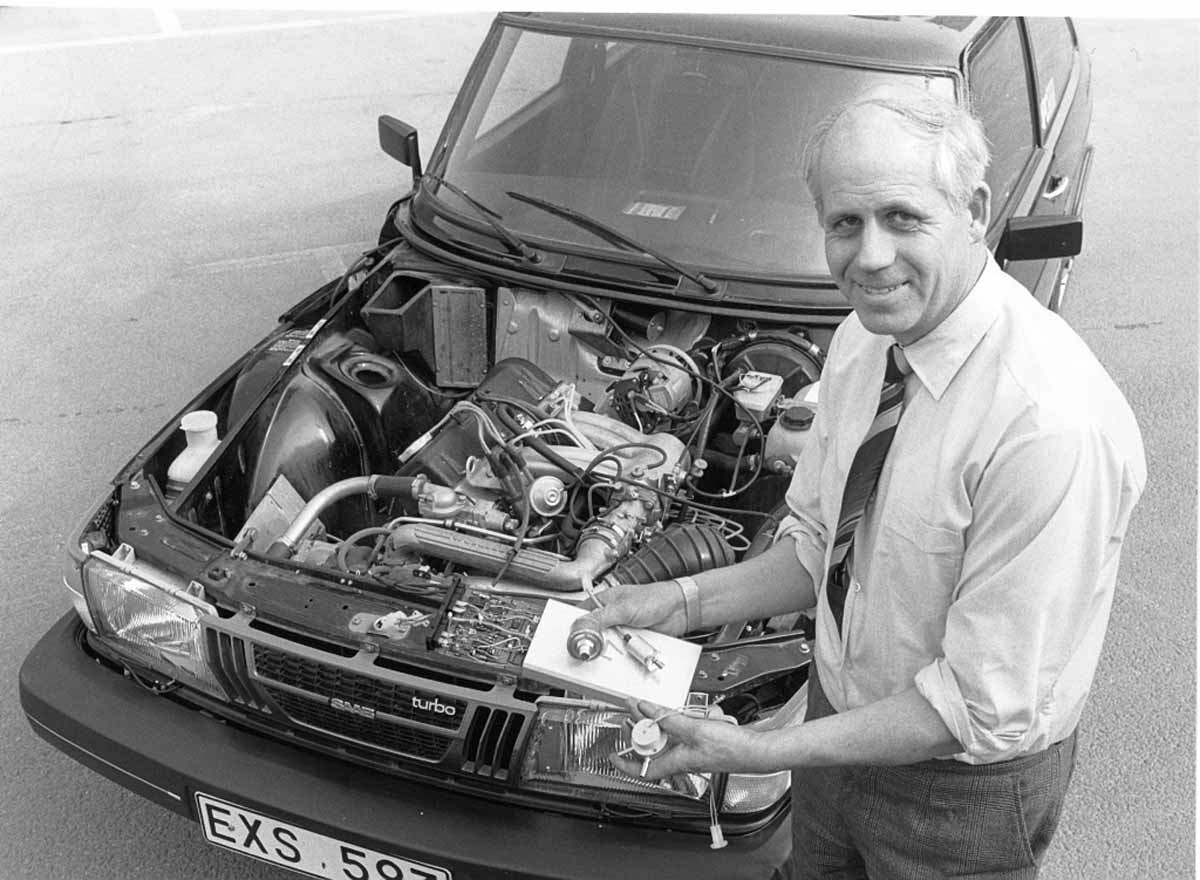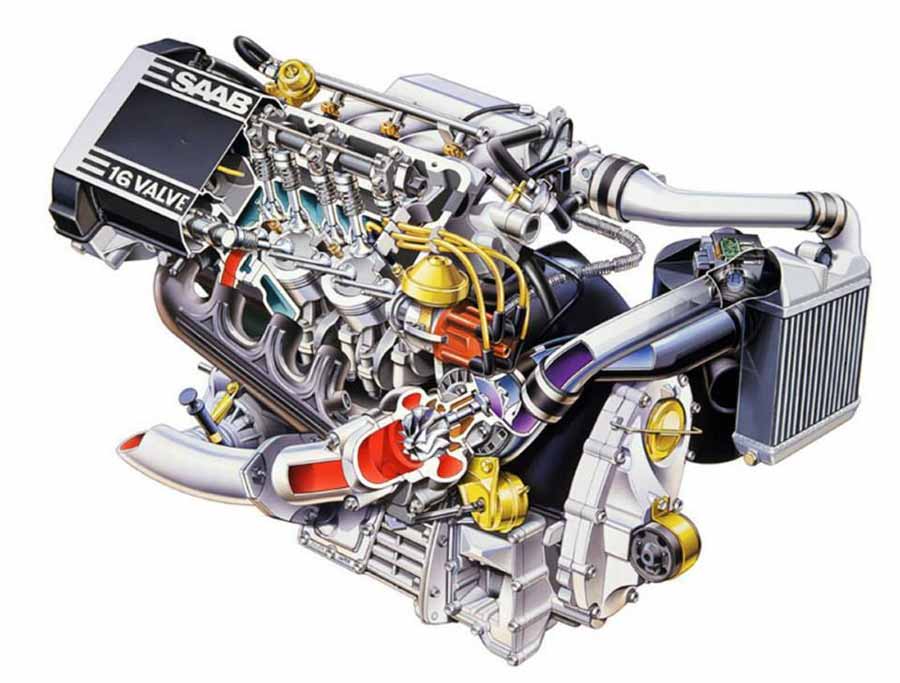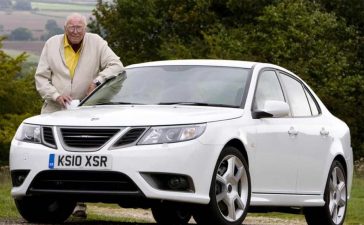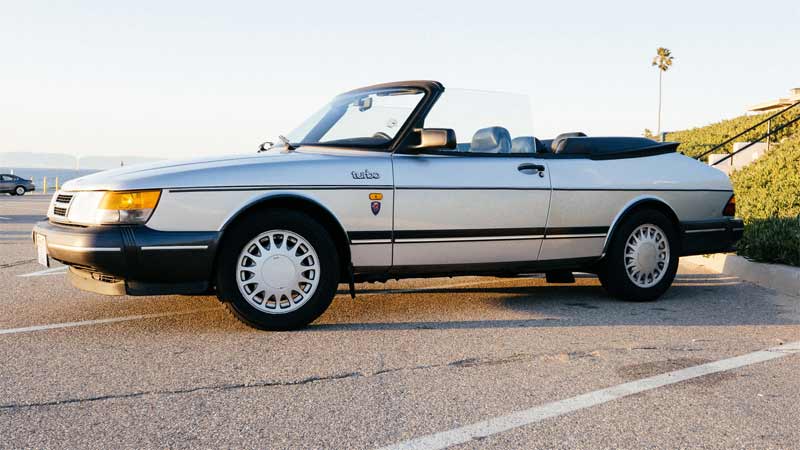The Saab 900, a vehicle that embodies the idiosyncrasies of its Swedish origins, has garnered attention for good reason. In a recent article published in Car and Driver by Brett Berk on September 4, 2023, the Saab 900 is celebrated as a classic automobile that continues to captivate enthusiasts and stands as a worthy recommendation for those seeking a unique and enjoyable driving experience.
Brett Berk, the author of the aforementioned article, not only shares an appreciation for the Saab 900’s distinctiveness but also recognizes its place in Saab’s history. This car served as a bridge between Saab’s eccentricity and the mainstream market, albeit without abandoning the quirks that make Saabs truly special.
Table of Contents
Saab 900: A Timeless Icon
The Saab 900, inspired by its predecessor, the 99, presented a modernized design that was a significant step forward for the Swedish automaker. While it may not have completely shed its quirky image, it certainly brought Saab closer to the mainstream, which is a testament to its appeal.
As Berk notes, “When you get all done cracking Saab jokes, you’ll find the one thing that is even more fun is driving Saabs.” This sentiment perfectly captures the essence of the Saab 900 and why it continues to resonate with enthusiasts.

Turbocharged Performance
One of the defining characteristics of the Saab 900 is its available turbocharged engine, a feature that greatly enhances its desirability. Particularly when paired with the five-speed manual transmission, these turbocharged models offer an exhilarating driving experience. While a three-speed Borg-Warner automatic transmission was optionally available, true Saab enthusiasts are likely to prefer the manual option.
Body Styles and Evolution
The Saab 900 was offered in various body styles, including two- and four-door hatches and notchback four-door sedans. Among these, the hatches stand out for their cargo capacity and distinctive design. Additionally, a convertible model was introduced in 1986, adding a touch of open-air enjoyment to the Saab 900 experience. Moreover, models from 1990 and onwards received important safety updates, including anti-lock brakes and airbags, highlighting Saab’s commitment to passenger safety.

Hallmarks of the Saab 900
The Saab 900 is renowned for several key attributes that make it a compelling choice for buyers even today:
1. Fuel Economy
The Saab 900 boasts commendable fuel economy, which is a significant advantage considering rising fuel costs. It offers an efficient and economical way to enjoy a classic car experience.
2. Front-Wheel-Drive Traction
Front-wheel drive provides excellent traction, especially in adverse weather conditions. This feature enhances the car’s usability and makes it a practical choice year-round.
3. Ride-and-Handling Balance
The Saab 900 strikes a fine balance between ride comfort and handling prowess. It delivers a smooth and enjoyable driving experience, whether you’re cruising on the highway or navigating city streets.
4. Panoramic Visibility
The expansive windows of the Saab 900 provide panoramic visibility, ensuring a clear view of the road ahead and enhancing overall safety.
5. Innovative Features
Saab’s commitment to innovation is evident in the 900’s features, including seat heaters, a center-console-mounted ignition switch, and a cabin air filter. These amenities were ahead of their time and contribute to the car’s overall appeal.
The Golden Era of Saab Weirdness
One of the most compelling reasons to consider the Saab 900 is its embodiment of Saab’s eccentricity in its purest form. This was a time when Saab was independent and unapologetically different, a spirit that is reflected in every aspect of the 900.
It was before General Motors acquired the brand and diluted its uniqueness. Choosing a Saab 900 is not just about owning a classic car; it’s about embracing an automotive icon that stands apart from the crowd.

Engine Options
The Saab 900 offered a range of engines, but most commonly, it came with a 2.0-liter fuel-injected inline-four engine. Turbocharged versions provided even more spirited performance, with the early Turbos producing 135 horsepower and 160 pound-feet of torque. For those seeking more power, the Special Performance Group (SPG) package offered a boost to 175 horsepower in 1990, delivering a truly exhilarating driving experience.
Value and Collectibility
While Saab 900s are gaining recognition and value in the classic car market, they remain accessible compared to some of their contemporaries. Turbos and SPG models are especially prized among collectors, but solid examples, including convertibles, can still be found for under $20,000.
This affordability makes the Saab 900 an attractive option for both enthusiasts and those new to classic car ownership. As the saying goes, “Buy now or sob later.”
Potential Concerns
As with any classic car, there are certain issues to be aware of when considering a Saab 900:
1. Rust
Rust is the enemy of vintage cars. Prospective buyers should inspect the wheel arches, as well as the suspension mounting points, for signs of rust, which can be challenging to repair.
2. Timing Chain and Tensioner
While the engines are generally durable, it’s essential to check the timing chain and tensioner for wear to avoid potential issues down the road.
3. Transmission
Transmission issues can manifest in first and reverse gears. If the gearbox pops out of either gear, it may require a rebuild.
4. Electrical Components
Certain electrical components, such as ignition tumblers, seat heaters, turn-signal stalks, and vacuum-actuated cruise control, may wear out over time. Prospective buyers should factor in potential electrical repairs when considering a Saab 900.

Recent Sales
To provide a sense of the Saab 900’s current market value, here are some recent sales from Bring a Trailer:
- 1985 900 Turbo sedan (February 2023)
- Price: $17,250
- Mileage: 93,000 miles
- 1993 900 S hatchback (June 2023)
- Price: $8,750
- Mileage: 136,000 miles
- 1988 900 SPG (March 2023)
- Price: $12,250
- Mileage: 193,000 miles
A car that encapsulates the essence of Saab’s characteristics
In a world of increasingly homogeneous cars, the Saab 900 stands as a beacon of individuality and driving enjoyment. It successfully bridges the gap between eccentricity and mainstream appeal, offering a unique driving experience that is both practical and exhilarating.
With its turbocharged engines, innovative features, and undeniable charm, the Saab 900 is a classic car that continues to captivate automotive enthusiasts. Whether you’re a seasoned collector or someone considering their first foray into classic car ownership, the Saab 900 deserves your attention as a vehicle worth recommending.

So, why should you consider the Saab 900? As Brett Berk and the team at Car and Driver have eloquently stated, because it’s a car that encapsulates the essence of Saab’s quirkiness, delivers an enjoyable driving experience, and stands as a unique piece of automotive history. Buy a Saab 900 now, and you’ll discover the timeless appeal that has made it a beloved classic for decades.












Another innovative peculiarity was revealed in a recent episode of Wheeler Dealers, where, I seem to recall, Elvis, the mechanic, needed to refurbish the transmission.
Apparently, the transmission (gearbox, clutch and driveshafts) was located at the front of the engine, making the work a lot easier and less time consuming for Elvis.
The clutch is in front of the engine. The engine sits on top of the transmission.
To Paul Kennedy> the design may have been easier to work on but , because they were all connected so closely there was alot of heat build up and most often had more adverse impact on the transmission making it important to keep the engine oil and transmission fluid checked as well as coolant.
2005 … at 366.000 a brand new motor and next week a new convertible cap. It’s a beautiful car ❤️